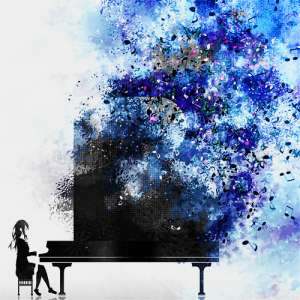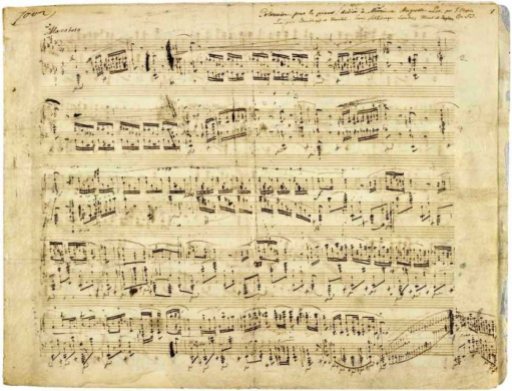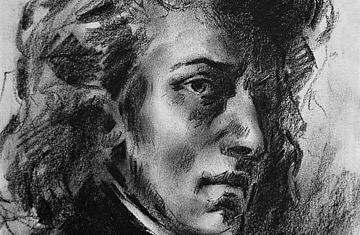Music is painted upon a canvas of silence.
Mozart said ‘rests are just as important as notes, silence is the greatest effect in music’.
The virtuoso, whose existence depends on moving great audiences knows that a skillfully placed rest or perhaps a grand pause knows that rests and pauses are of vital importance in a performance. Often times the effect of the pauses in the music is greater than the notes. They serve to attract and prepare the mind and can have a powerful effect in your performances.
Poise, in music is often largely a matter of the correct observance of the full value of rests. The composer in creating the composition did so with a very distinct sound in mind. The balance and symmetry of sound or notes and then pauses. So take time to breath in your performances, take a breath between the phrases and be sure to always observe the full value of the rests in a composition.
To improve the artistry in your piano performances please contact us for piano lessons and learn the finer details of making art on the piano not just playing notes.
We look forward to hearing from you.




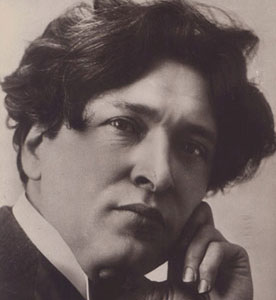
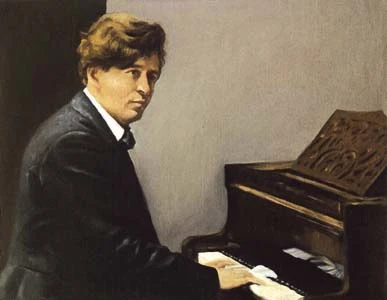 Ferruccio Buson
Ferruccio Buson


